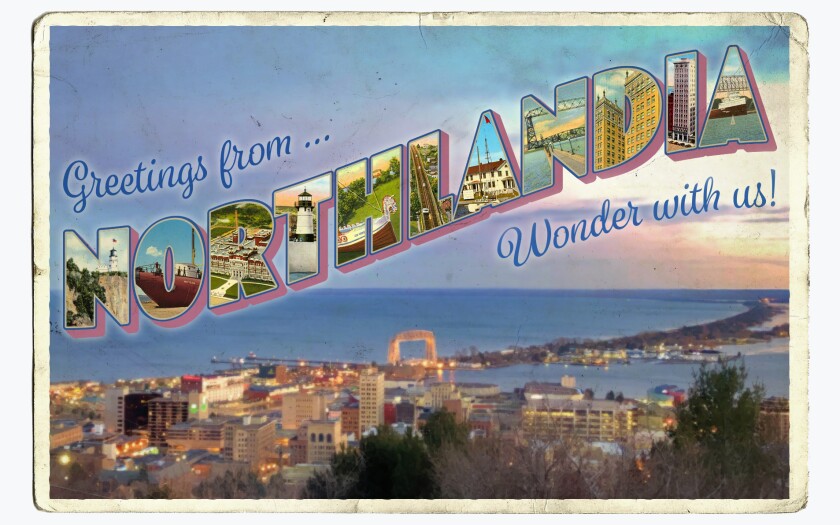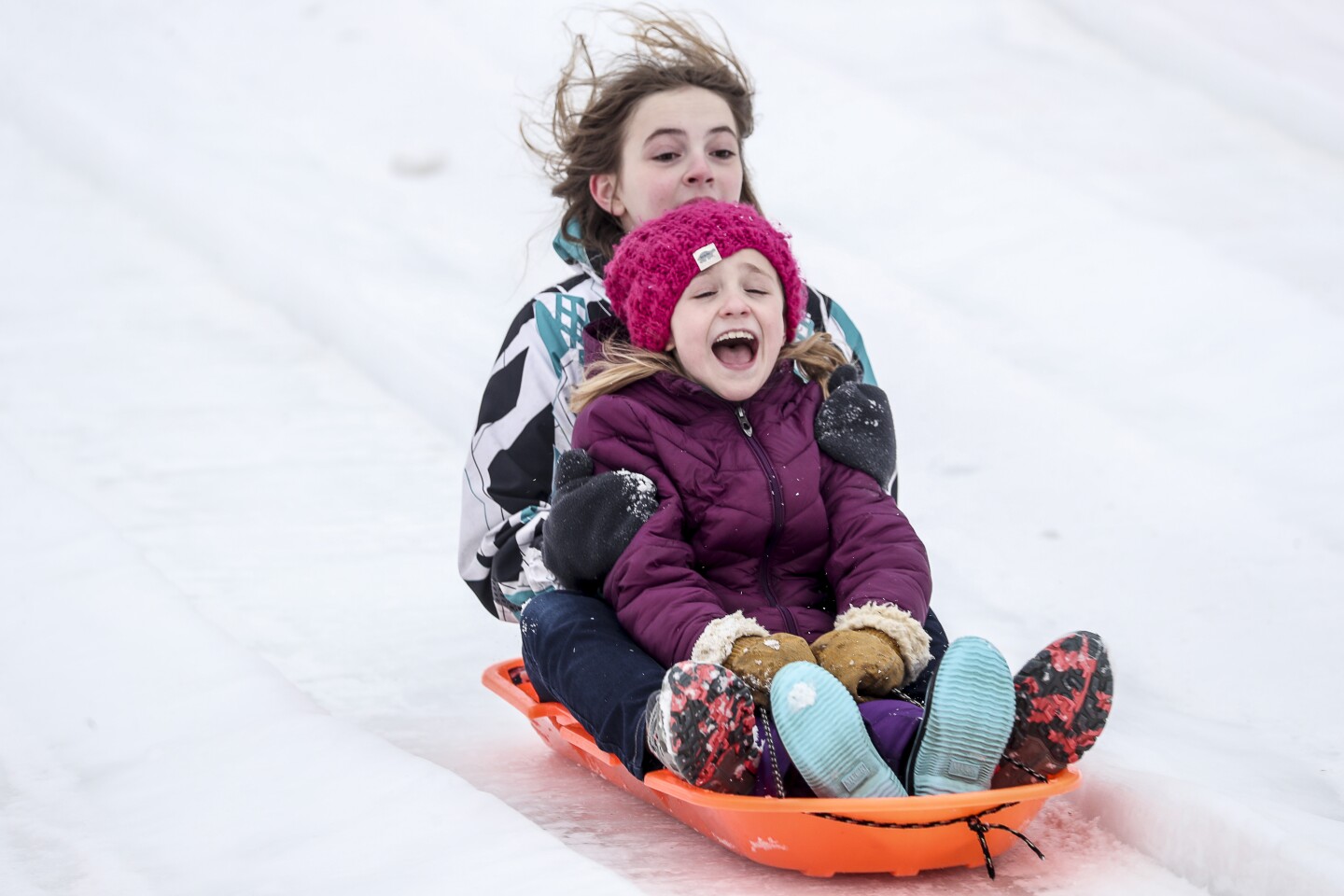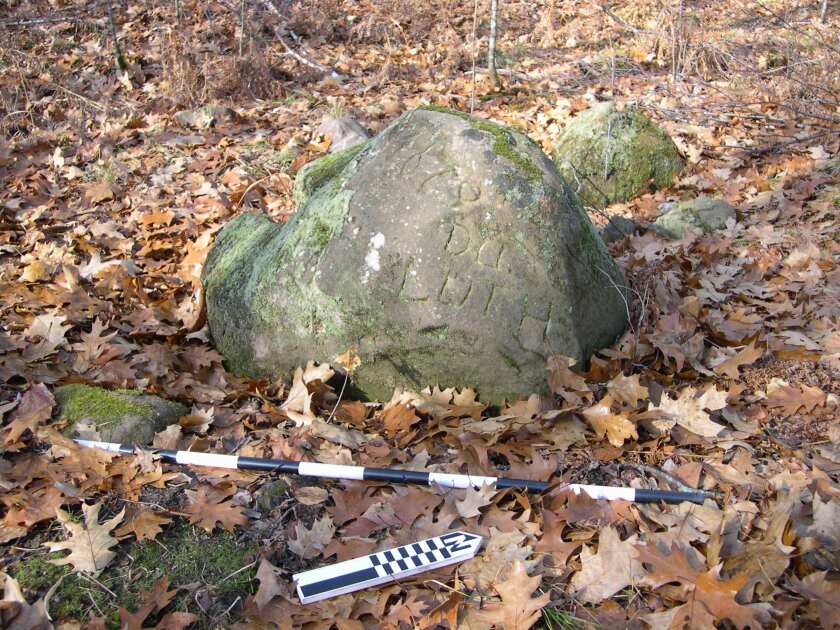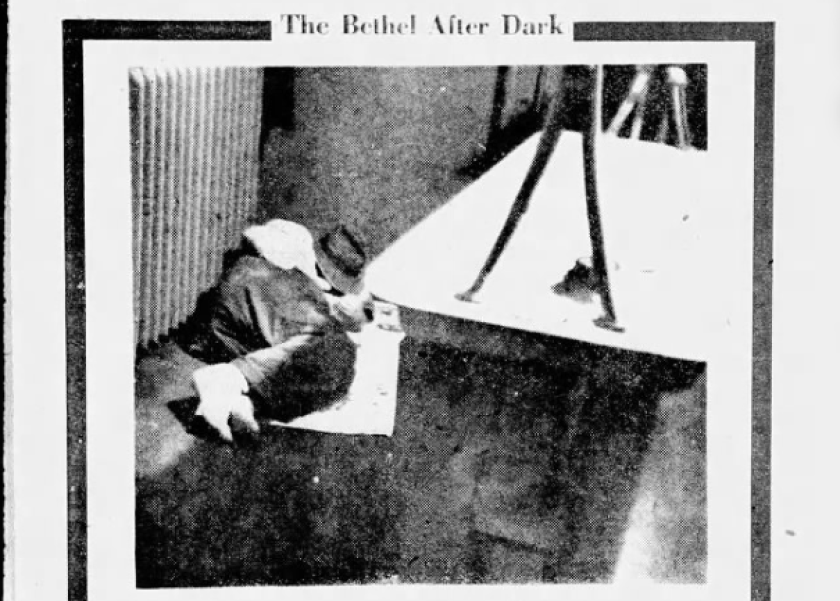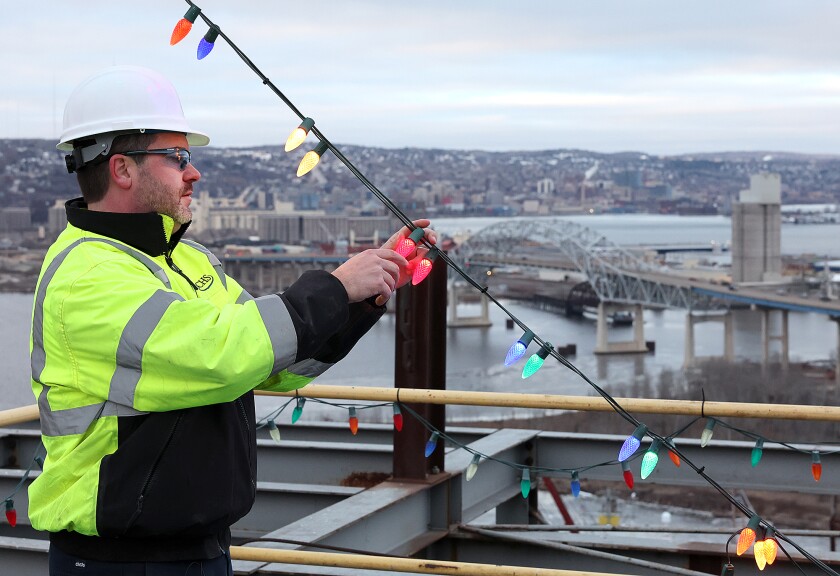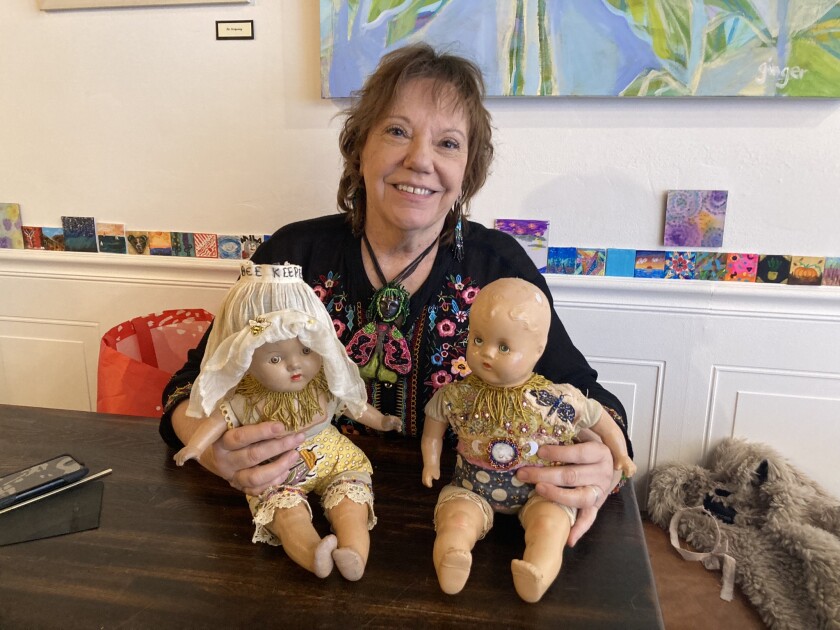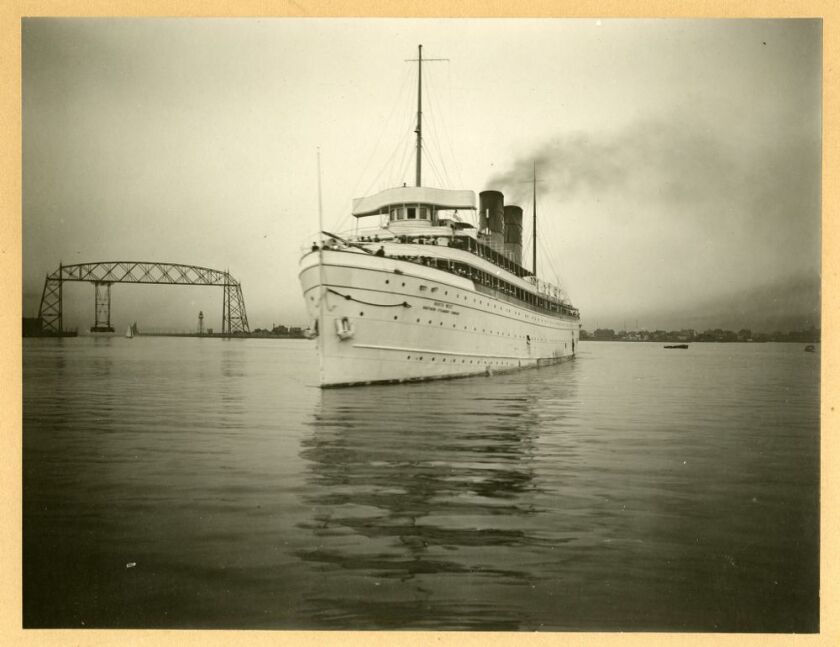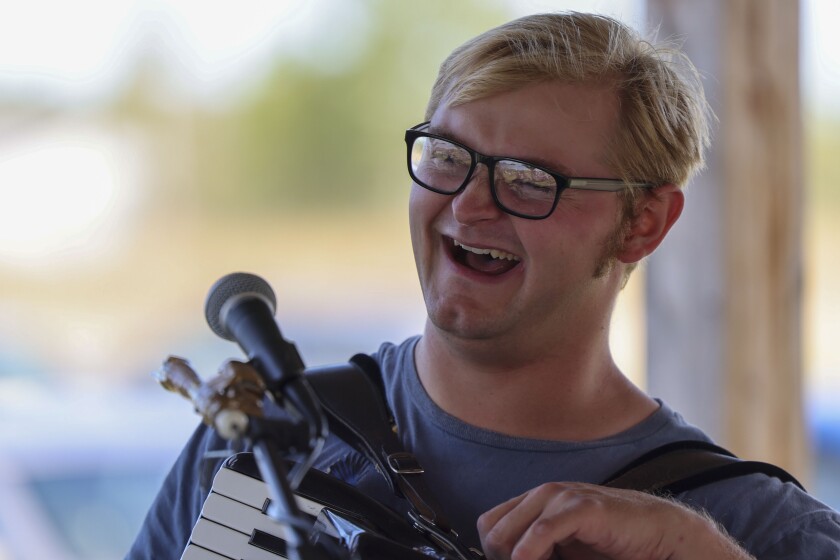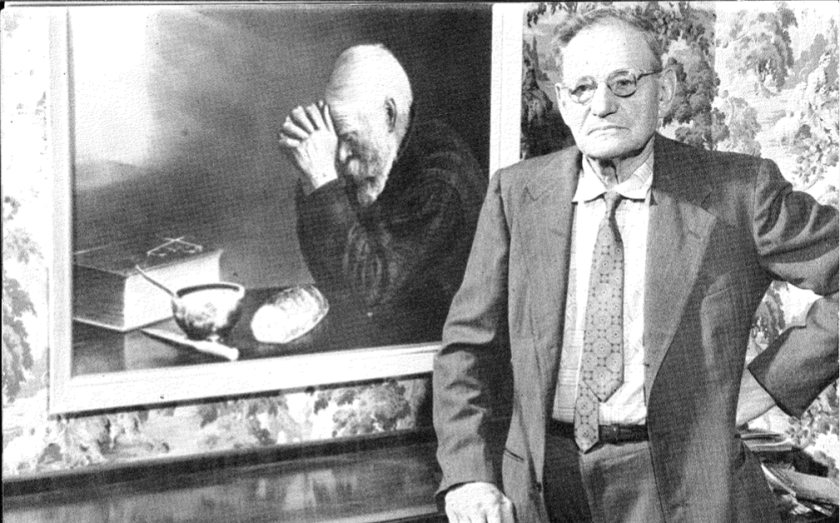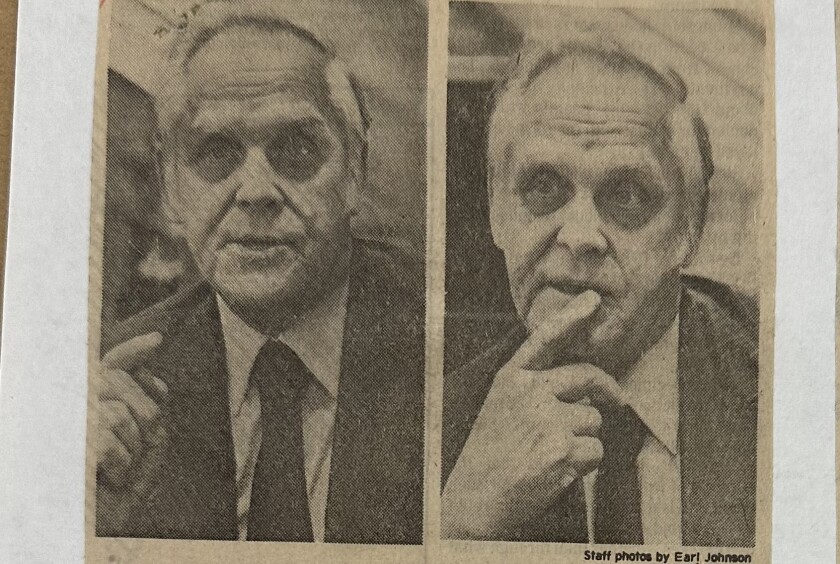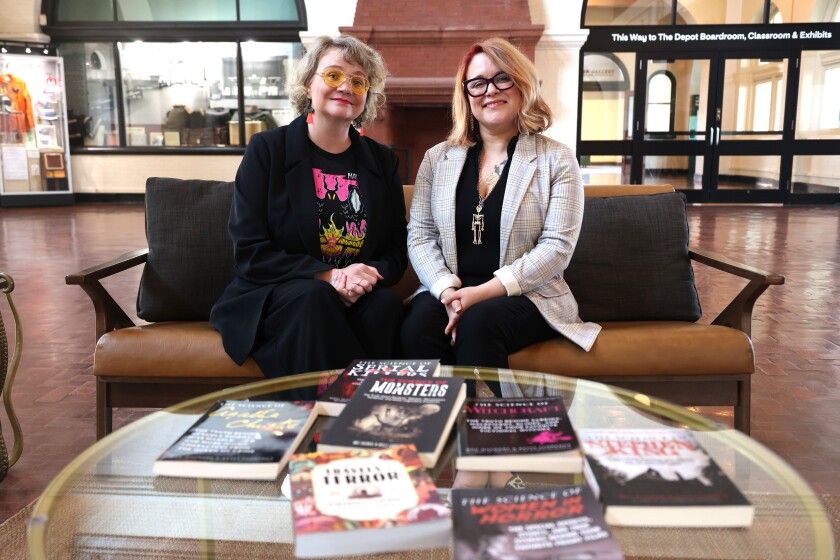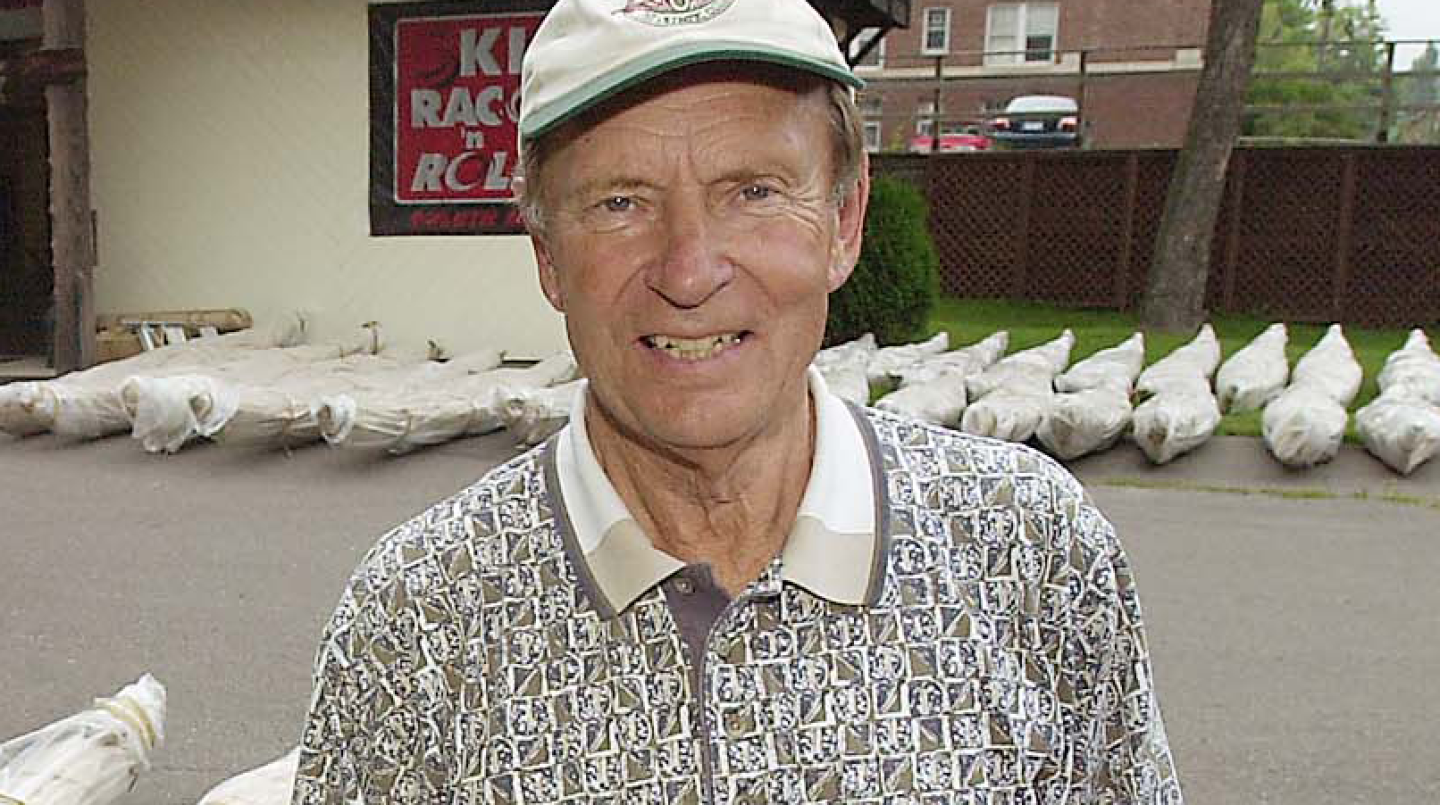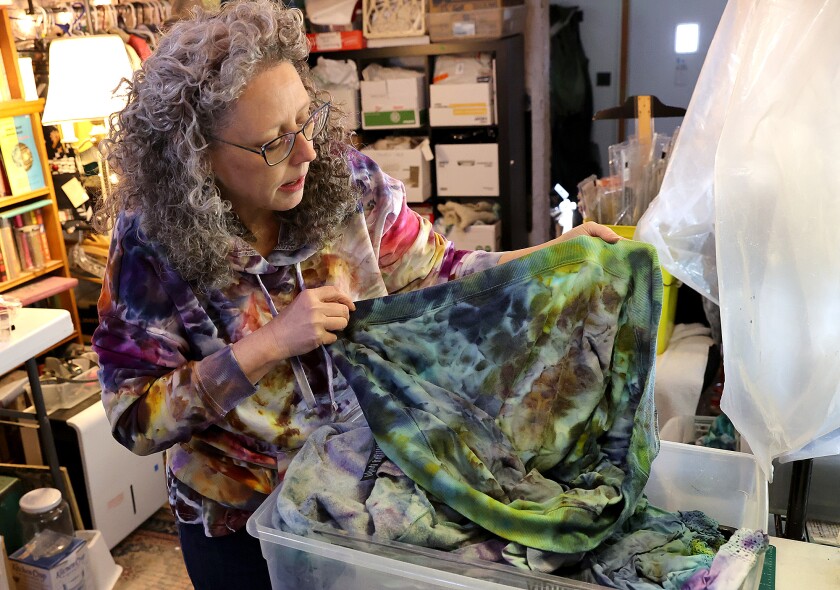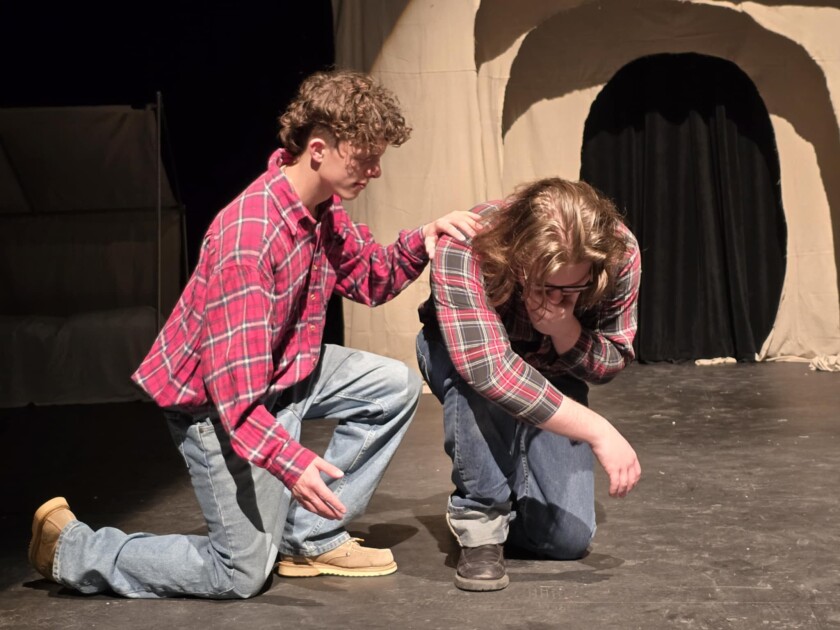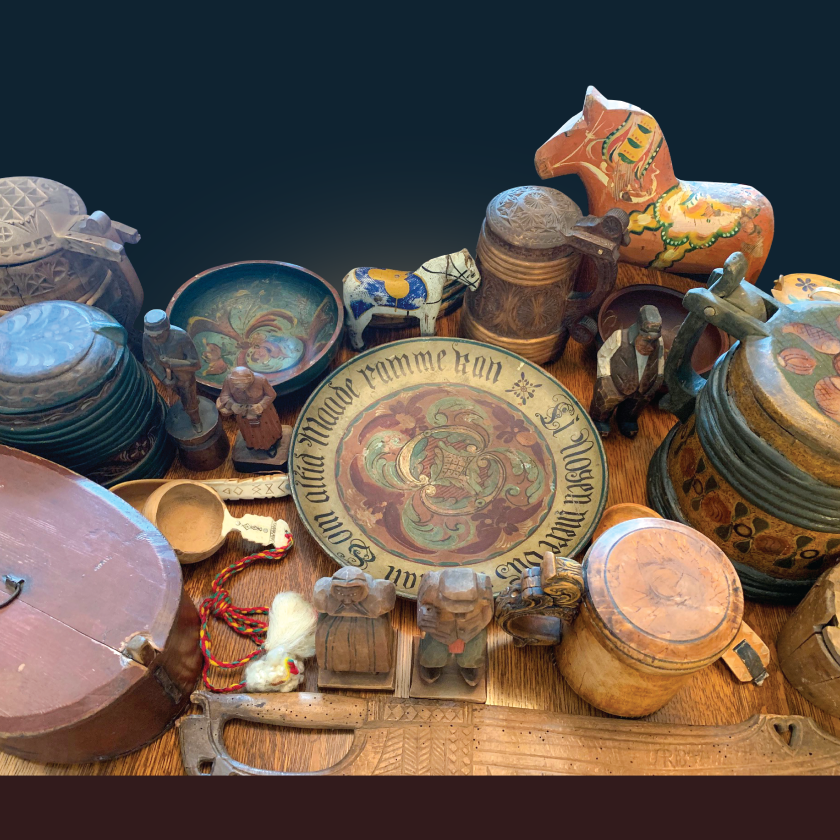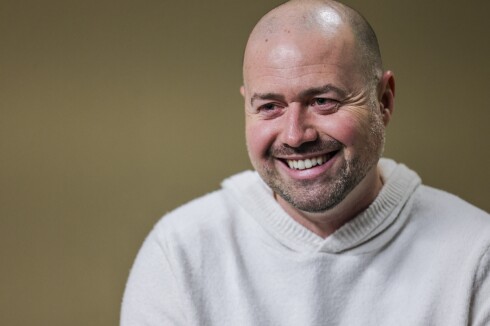PALO — For 87 years, people have gathered at the Loon Lake Community Center to celebrate the beginning of Lent and sled down a big hill together.
It's all part of the annual Laskiainen, a Finnish festival that celebrates the changing of the seasons, observes traditions of Finnish culture and gives kids a chance to get outside and fly fast down a well-watered hill.
ADVERTISEMENT
Laskiainen this year is set for Feb. 1-2 at the Loon Lake Community Center in Palo.
"We don't change too much, year after year," said organizer Sharon Niemi. "We try to be kind of the same. People like coming for the same things: sledding, pancakes, pea soup. The one year we didn't have it because of COVID, we were missed, so we keep it going."
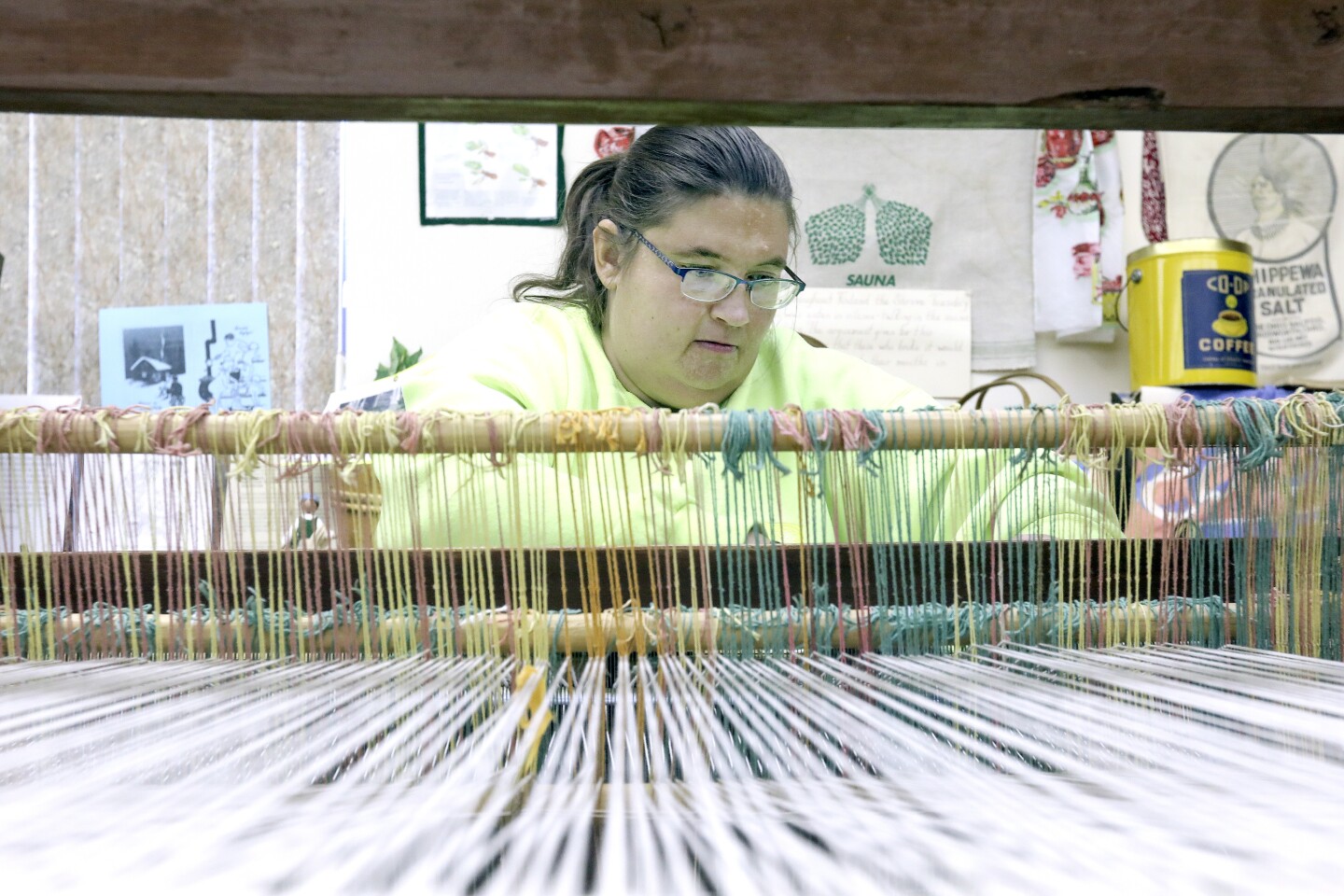
The first recorded festival at Loon Lake was back in 1937. According to a book by the St. Louis County Schools written the following year, the idea was to create a festival that would include many Finnish traditional customs and could also be a time for community building and celebration.
Laskiainen was traditionally held during Shrovetide, three days before the start of Lent in the Christian church. But today, it is scheduled for the first weekend of February, well ahead of Shrovetide.
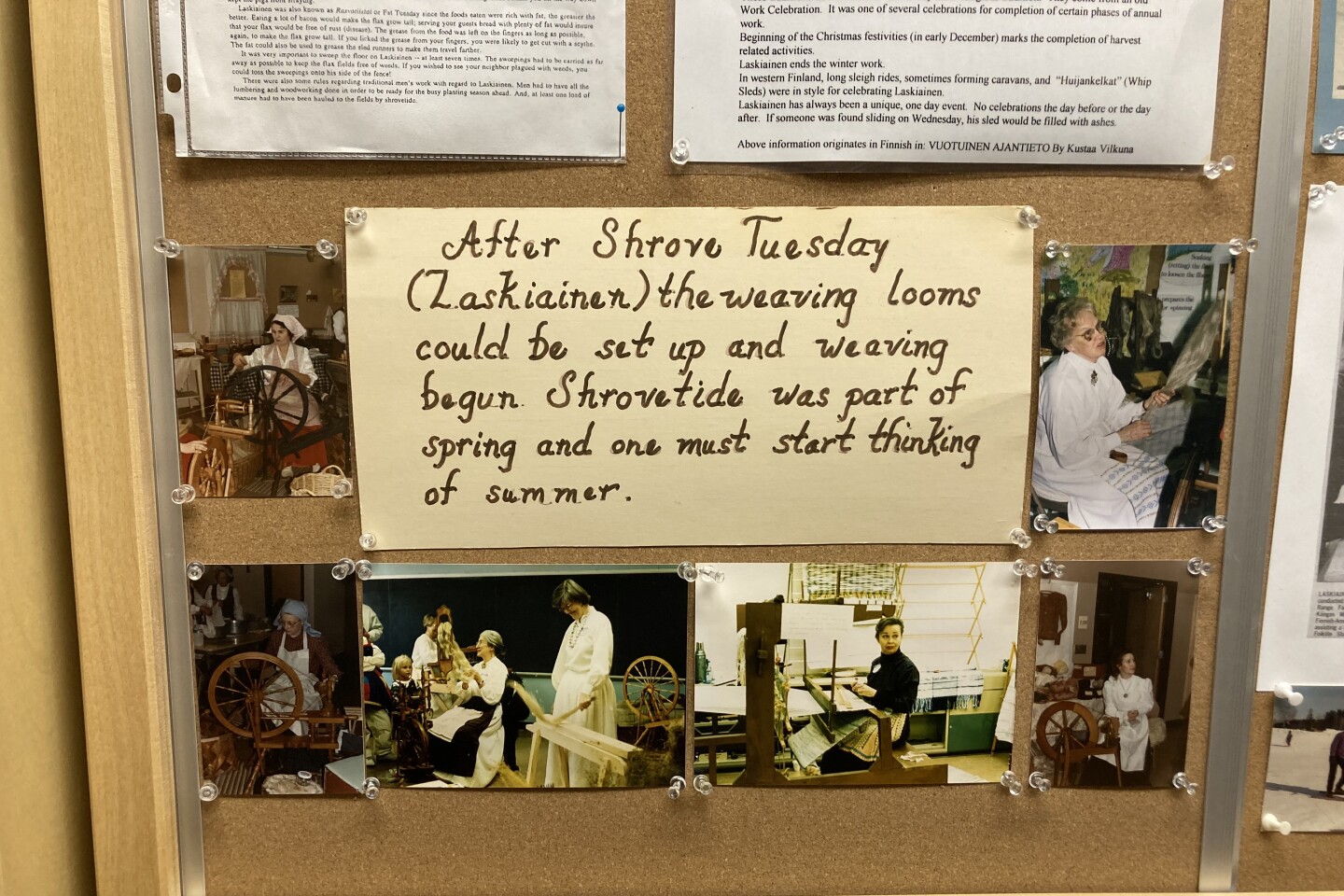
One of the Finnish traditions the festival still includes is sledding. According to organizer Geri Kangas, Finnish people would sled down a hill on Shrove Tuesday to help the crops grow, especially the flax. Flax was used to make clothing for the summer months, and the farther out onto the lake a household could slide, the longer and better their flax would grow.
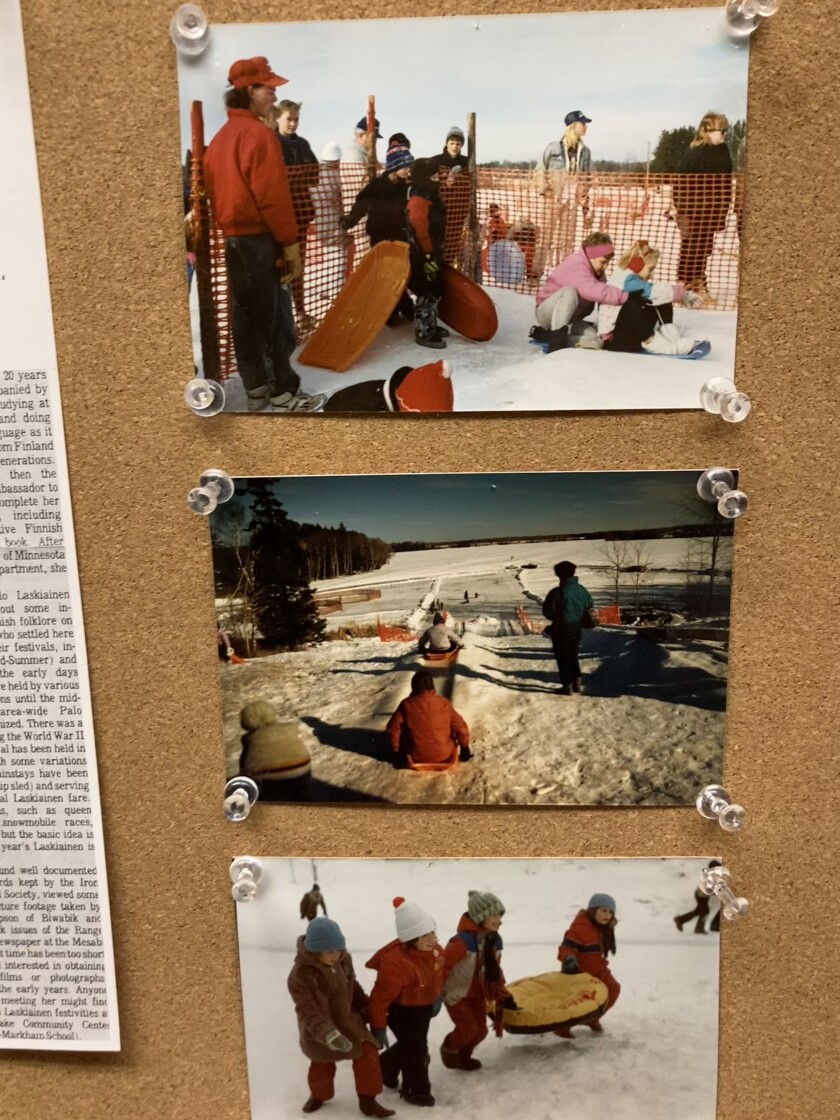
"We start working on that sledding hill the second week of January," Niemi said. "We're fortunate enough to have people who are very dedicated to making that hill great. So that even if it's 40 degrees like it was last year, it still holds up, and people can keep on sliding."
According to the Loon Lake Community Center museum, Laskiainen also marked the end of the spinning season. Families had to put away their spinning wool and flax by midday on Laskiainen because it was the start of the weaving season.
ADVERTISEMENT
"That's why we bring in the artisans and demonstrators, to demonstrate the weaving and other fiber arts," Niemi said. "It's traditional to have the loom set up and get the weaving started."
Food hasn't changed over the years. On both days of this year's festival, attendees can purchase traditional shrove meals, such as pancakes, stew and pea soup. Kangas said pancakes and pea soup are universal among cultures observing Lent.
"We make a Finnish Kropsua, an oven pancake, for breakfast on the first day. We typically sell like 425 each year," Niemi said. "Volunteers come in at 4 a.m. to get those started. We have a lot of fun in the kitchen, I think that's why people are willing to help, because we keep it fun."
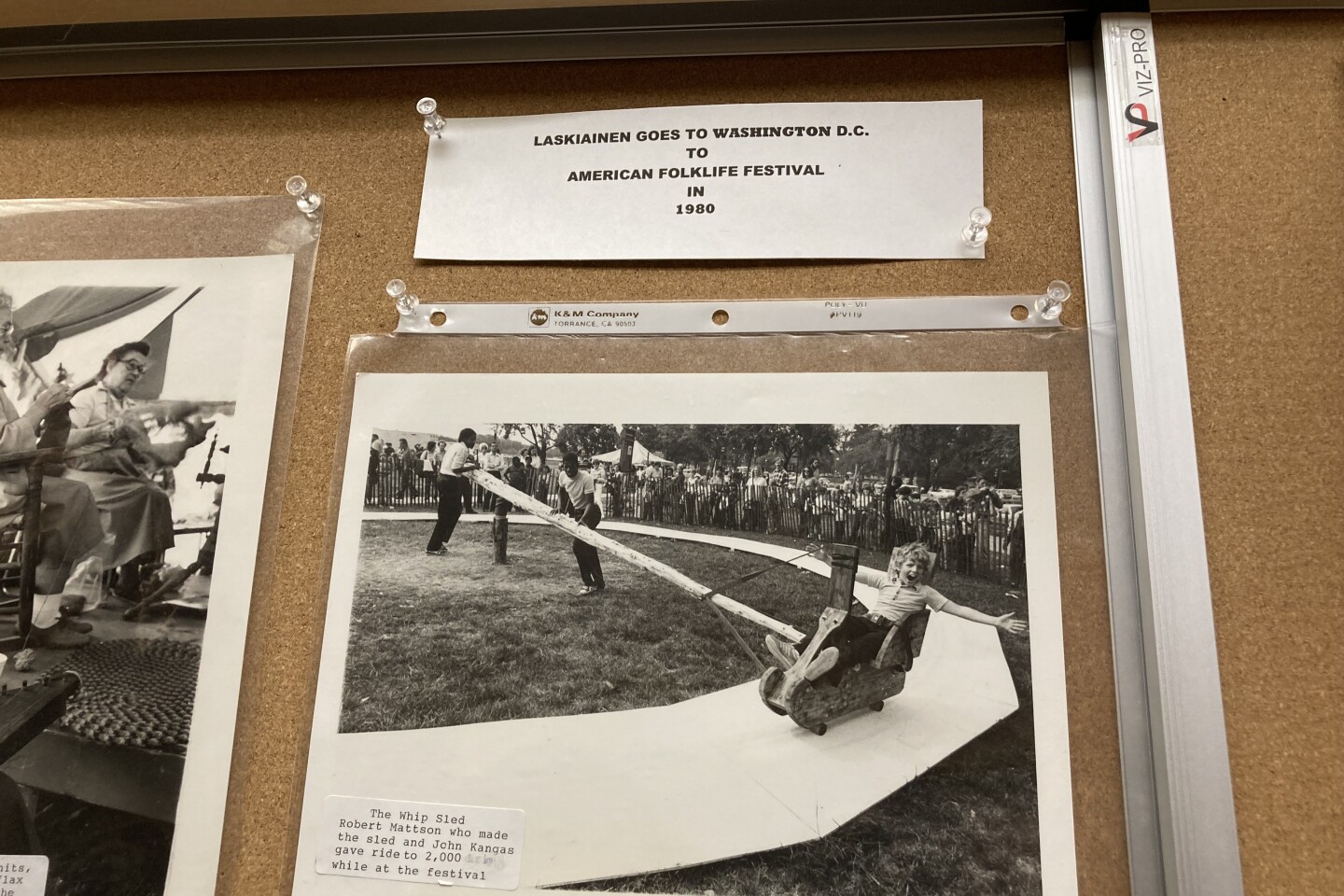
Something unique is the inclusion every year of a whip sled out on the lake called a vipu-kelkka. This hand-powered sled is pushed around quickly on a track on the ice. This device, along with some other aspects of the festival, was brought to the Smithsonian American Folklife Festival in 1980 to symbolize the celebration of Laskiainen.
"Of course, because the festival wasn't in winter, we had to make it run on wheels," said Kangas, who was with the festival in Washington, D.C., in 1980. "But the kids loved it. They would line up to try it out. Everyone thought it was great."
Kangas said the Laskiainen celebration traveling to the Smithsonian started with a fluke. Thomas Vennum was an ethnomusicologist with the Smithsonian who traveled to give a presentation at the Minnesota North Mesabi campus.
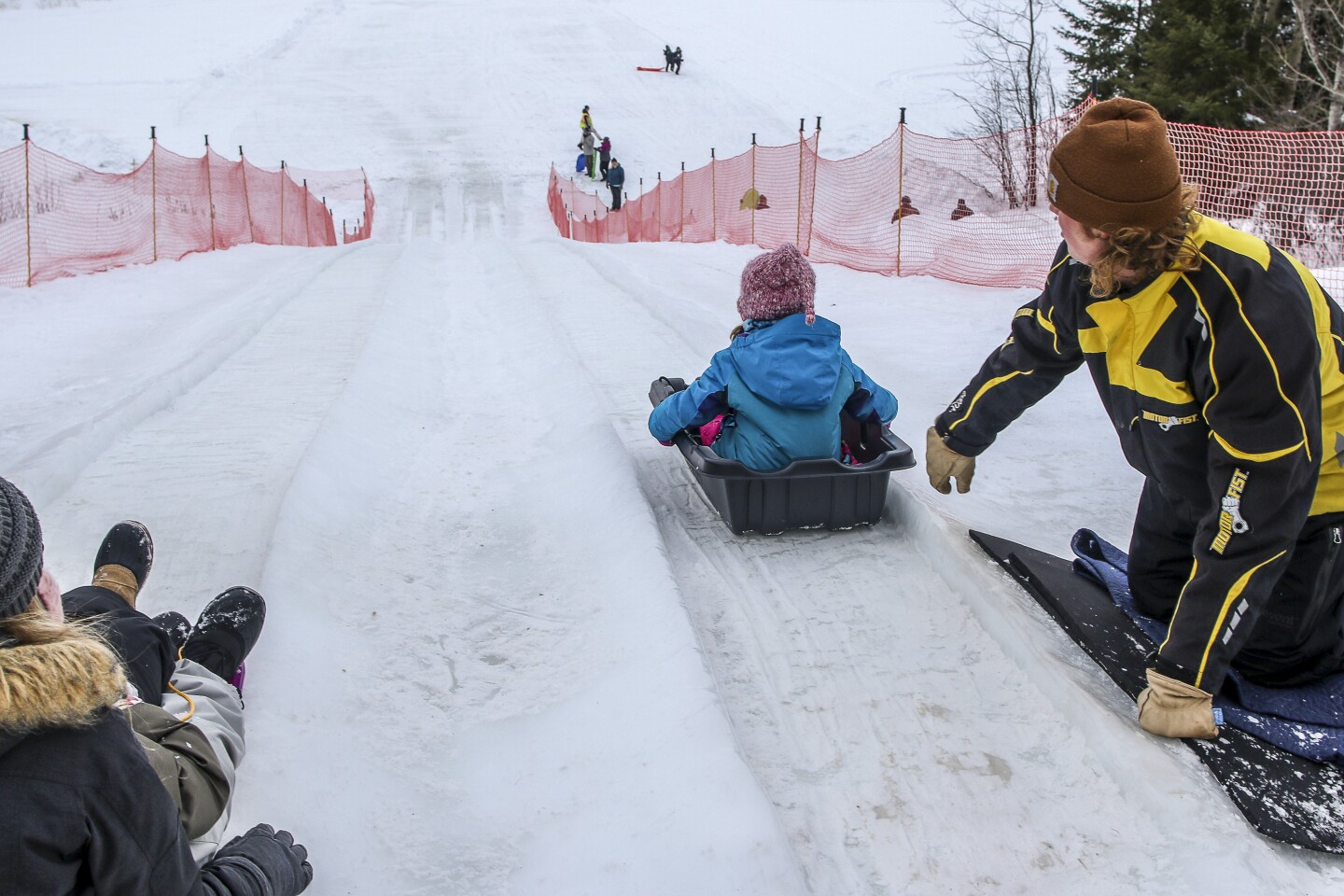
Kangas was with the Iron Range Area Historical Society and asked to accompany him. The two started talking, and Kangas told him about Laskiainen. Vennum asked to hear more. They exchanged letters and sent out a few people to document the festival to create a presentation and a film for the 1980 folk festival.
ADVERTISEMENT
"We met all these wonderful people from every country," Kangas said. "We even had a sauna down there. And something like 2,000 kids pushed that whip sled the week we were down there. It's something else."
If you aren't into the traditional Finnish aspects of the celebration, there are also basketball tournaments (including one specifically for people over 40), a Laskianen Queen royal ceremony, free music programs, sleigh rides, dog sleds, vendors, baked goods to buy and other events around Laskianen. For a full breakdown of events, visit Laskiainen on Facebook.
